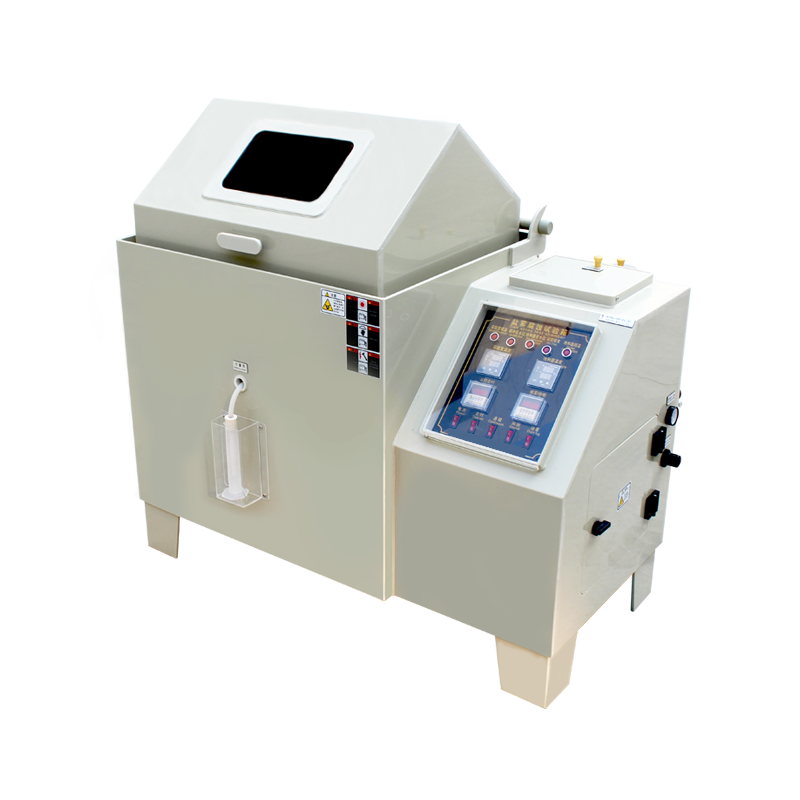I. Comparison Between Salt Spray Test Chambers and Natural Environmental Exposure Tests
When testing a product sample in a natural exposure environment, corrosion may take up to a year to occur. However, under artificially simulated salt spray conditions, similar results can be obtained in just 28 hours.
A salt spray test chamber is a key piece of equipment used to create an artificially simulated salt spray environment to evaluate the corrosion resistance of products or metallic materials. These tests are divided into two categories: natural environmental exposure tests and artificial accelerated salt spray simulation tests.
The artificial salt spray test utilizes a chamber with a controlled internal space to artificially generate a salt spray environment, allowing for rapid assessment of a product's corrosion resistance. Compared to natural environments, the chloride salt concentration in these tests can be several times higher than that found in typical natural salt spray conditions, significantly accelerating the corrosion rate. As a result, the time required to obtain test results is greatly reduced.

II. Salt Spray Corrosion vs. Atmospheric Corrosion
Salt spray corrosion is one of the most common and destructive forms of atmospheric corrosion. The term "salt spray" here refers to chloride-rich atmospheres, primarily composed of sodium chloride (NaCl), which originates from marine environments and inland saline-alkali regions.
Corrosion is the degradation or deterioration of a material due to environmental factors. Most corrosion occurs in atmospheric conditions, where oxygen, humidity, temperature fluctuations, and pollutants act as corrosive agents.
Salt spray corrodes metal surfaces because chloride ions (Cl⁻) penetrate the oxide and protective layers on the metal, leading to electrochemical corrosion. Chloride ions possess a certain hydration energy, allowing them to adsorb onto the metal's pores and cracks, displacing oxygen in the passivation layer. This converts insoluble oxides into soluble chlorides, transforming the passive surface into an active one and causing severe adverse effects on the product.














